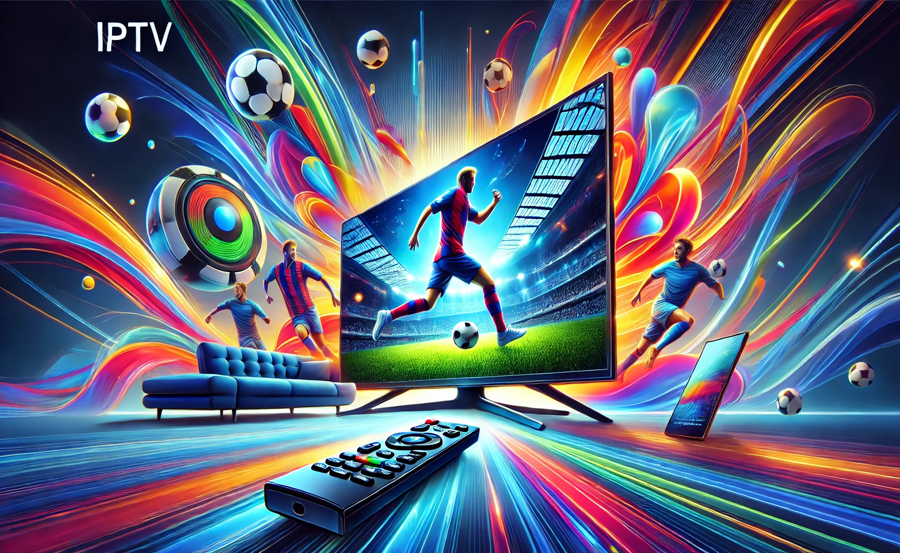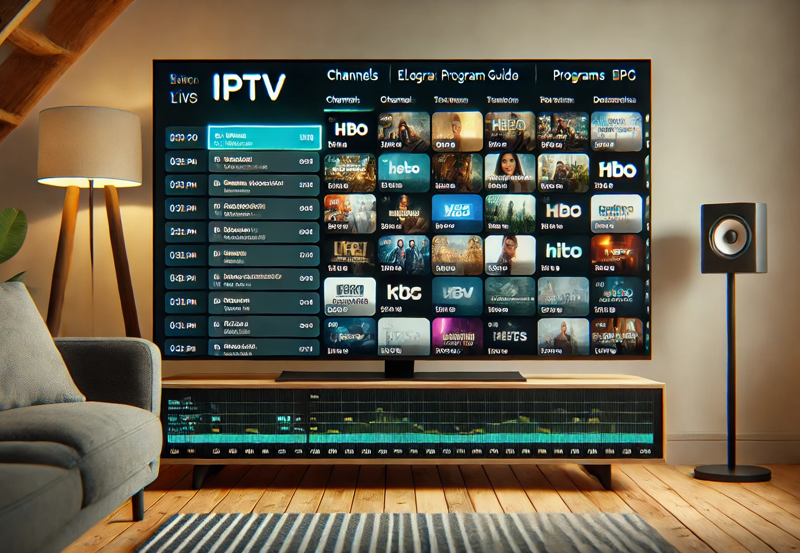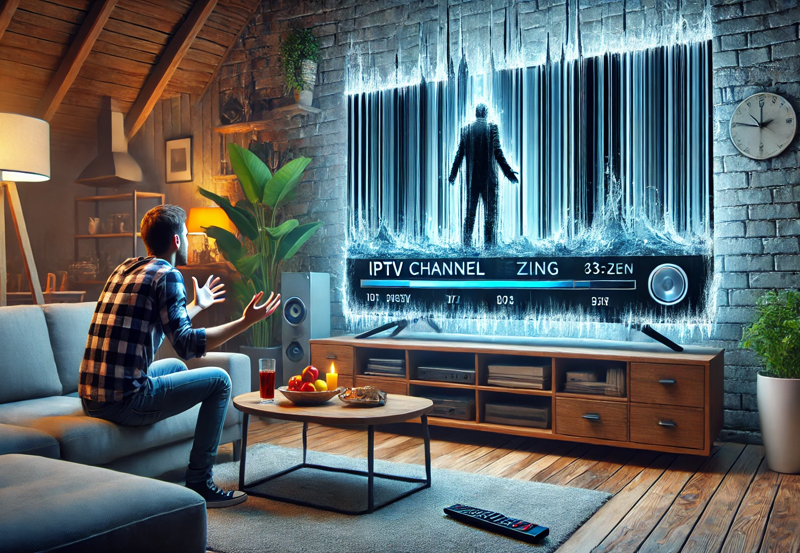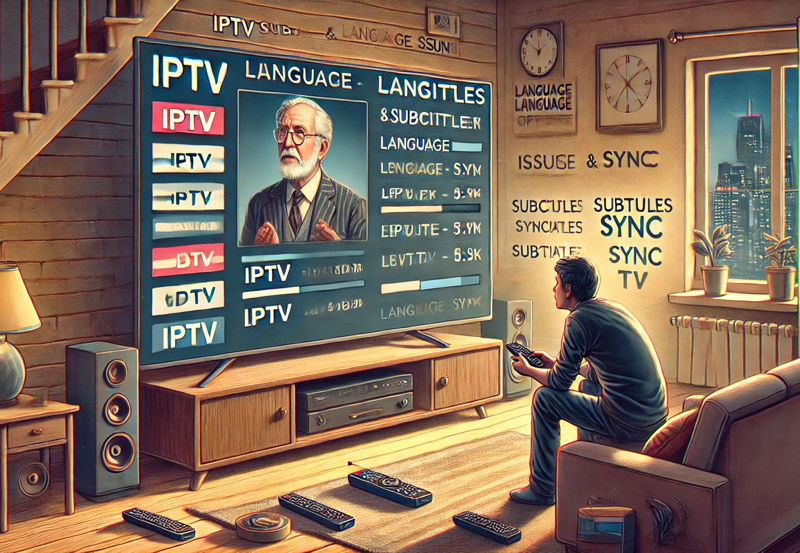Resolving video quality issues on IPTV (Internet Protocol Television) streams is essential to ensure a smooth and enjoyable viewing experience. Video quality problems can stem from various factors, including network issues, device limitations, or service provider problems. Below is a comprehensive guide to help you diagnose and fix common IPTV video quality issues.
1. Understand Common Video Quality Issues
Before diving into solutions, it’s helpful to identify the specific video quality problems you’re encountering. Common issues include:
- Buffering or Stuttering: Frequent pauses or delays during playback.
- Low Resolution: Poor image clarity or pixelation.
- Latency or Lag: Delay between the live broadcast and what you see.
- Audio-Video Sync Problems: Mismatch between the audio and video streams.
- Frequent Disconnections: Interruption in the streaming session.
2. Identify the Root Causes
Video quality issues can arise from various sources. Understanding these can help in effectively addressing them:
a. Network Bandwidth and Stability
- Insufficient Bandwidth: IPTV streaming requires a stable and sufficient internet connection. Multiple devices using the same network can consume bandwidth, leading to reduced streaming quality.
- Network Congestion: Peak usage times can strain your internet connection, causing streaming issues.
b. Router and Network Equipment
- Outdated Hardware: Older routers and modems may not support high-speed connections required for IPTV.
- Improper Configuration: Router settings like Quality of Service (QoS) may not prioritize IPTV traffic.
c. Wi-Fi Interference and Signal Strength
- Weak Wi-Fi Signal: Distance from the router or physical obstructions can weaken the signal.
- Interference: Other wireless devices can interfere with Wi-Fi signals, affecting streaming quality.
d. IPTV Service Provider Issues
- Server Problems: Issues on the provider’s end, such as overloaded servers or maintenance, can affect streaming quality.
- Content Delivery Network (CDN) Limitations: Inefficient CDNs can lead to lag and buffering.
e. Device Compatibility and Performance
- Insufficient Hardware: Older or less powerful devices may struggle to decode high-definition streams.
- Software Issues: Outdated firmware or software can cause performance bottlenecks.
f. Streaming Settings
- Incorrect Resolution Settings: Setting the stream to a higher resolution than your network or device can handle.
- Bitrate Issues: High bitrate streams require more bandwidth; if not supported, they can cause buffering.
3. Step-by-Step Solutions
a. Optimize Your Internet Connection
- Check Your Internet Speed:
- Minimum Requirements:
- Standard Definition (SD): 3-4 Mbps
- High Definition (HD): 5-8 Mbps
- Ultra High Definition (4K): 25 Mbps or higher
- Use online speed tests (e.g., Speedtest.net) to verify your current speed.
- Minimum Requirements:
- Upgrade Your Internet Plan:
- If your current speed is below the requirements, consider upgrading to a higher-tier plan.
- Limit Bandwidth Usage:
- Reduce the number of devices using the network simultaneously.
- Pause or stop any unnecessary downloads or uploads during IPTV streaming.
b. Use Wired Connections Instead of Wi-Fi
- Ethernet Connection:
- Connect your IPTV device directly to the router using an Ethernet cable for a more stable connection.
- Powerline Adapters:
- If running an Ethernet cable isn’t feasible, consider using powerline adapters to extend your network through your home’s electrical wiring.
c. Improve Wi-Fi Performance
- Optimize Router Placement:
- Place your router in a central location, elevated, and free from obstructions.
- Reduce Interference:
- Keep the router away from other electronic devices like microwaves and cordless phones.
- Change Wi-Fi Channels:
- Switch to less congested channels (e.g., using 5 GHz instead of 2.4 GHz if possible).
- Upgrade Your Router:
- Consider upgrading to a dual-band or mesh Wi-Fi system for better coverage and performance.
d. Restart and Update Network Devices
- Restart Your Router and Modem:
- Power cycling can resolve temporary glitches affecting your connection.
- Update Firmware:
- Ensure your router’s firmware is up-to-date to benefit from performance improvements and bug fixes.
e. Configure Quality of Service (QoS)
- Prioritize IPTV Traffic:
- Access your router’s settings and enable QoS to prioritize IPTV traffic over other types of data.
- Allocate Sufficient Bandwidth:
- Assign adequate bandwidth to your IPTV device to ensure smooth streaming.
f. Address Device-Specific Issues
- Update Firmware and Software:
- Ensure your IPTV device (smart TV, streaming box, etc.) has the latest firmware and app updates installed.
- Restart Your Device:
- Sometimes, simply restarting the device can resolve temporary performance issues.
- Check Device Performance:
- Ensure your device meets the recommended specifications for high-quality streaming.
g. Adjust Streaming Settings
- Lower Video Resolution:
- If buffering persists, reduce the streaming resolution from 4K to 1080p or 720p.
- Adjust Bitrate Settings:
- Some IPTV applications allow you to adjust the bitrate; lowering it can improve stability on slower connections.
h. Contact Your IPTV Service Provider
- Report the Issue:
- If problems persist despite troubleshooting, reach out to your IPTV provider for assistance.
- Check for Service Outages:
- Inquire if there are any known issues or maintenance activities affecting service quality.
- Upgrade Your Subscription:
- Some providers offer higher-quality streams or dedicated servers for premium subscribers.
i. Use a VPN (With Caution)
- Potential Benefits:
- A VPN can sometimes bypass throttling by ISPs that may be limiting your streaming bandwidth.
- Potential Drawbacks:
- VPNs can introduce additional latency and may not always improve streaming quality.
- Recommendation:
- Use a reputable VPN service with high-speed servers if you suspect ISP throttling, but test to ensure it benefits your streaming experience.
4. Additional Tips for Enhanced IPTV Streaming
- Regular Maintenance:
- Periodically restart your router and IPTV device to maintain optimal performance.
- Secure Your Network:
- Use strong passwords and encryption (WPA3 is recommended) to prevent unauthorized users from consuming your bandwidth.
- Monitor Network Usage:
- Use network monitoring tools to identify devices or applications that may be hogging bandwidth.
- Invest in Quality Hardware:
- High-quality routers and streaming devices can make a significant difference in streaming performance.
5. When to Seek Professional Help
If you’ve tried all the above steps and are still experiencing video quality issues, it might be time to consult with a professional:
- Contact Your ISP:
- There may be issues with your internet connection that require technical support from your Internet Service Provider.
- Consult a Network Specialist:
- For complex network setups or persistent issues, a network specialist can provide tailored solutions.
- Evaluate Your IPTV Service:
- If the service consistently fails to meet quality expectations, consider switching to a more reliable provider.
Conclusion
Resolving video quality issues on IPTV streams involves a systematic approach to identify and address potential problems related to your network, devices, and service provider. By optimizing your internet connection, ensuring your hardware is up-to-date, configuring your network settings appropriately, and maintaining good device performance, you can significantly enhance your IPTV streaming experience. If issues persist, don’t hesitate to reach out to professionals or consider alternative service providers to meet your viewing needs effectively.
What is IPTV? A Beginner’s Guide





